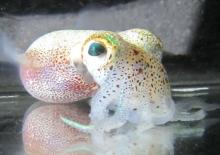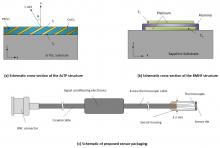AEROMORPH: Aerospace Morphing via Integrated Sense, Assess and Respond
This Center of Excellence (COE) will conduct fundamental research that transforms the way in which conventional distributed sensing, state estimation, morphing structures, and control are applied to high-speed aerospace systems. Our team will address the limitation of conventional feedback loops using novel sensing motifs and inherent coupling to adaptive structures to create an agile and robust aerospace system with integrated sense, assess, and respond functionality.







